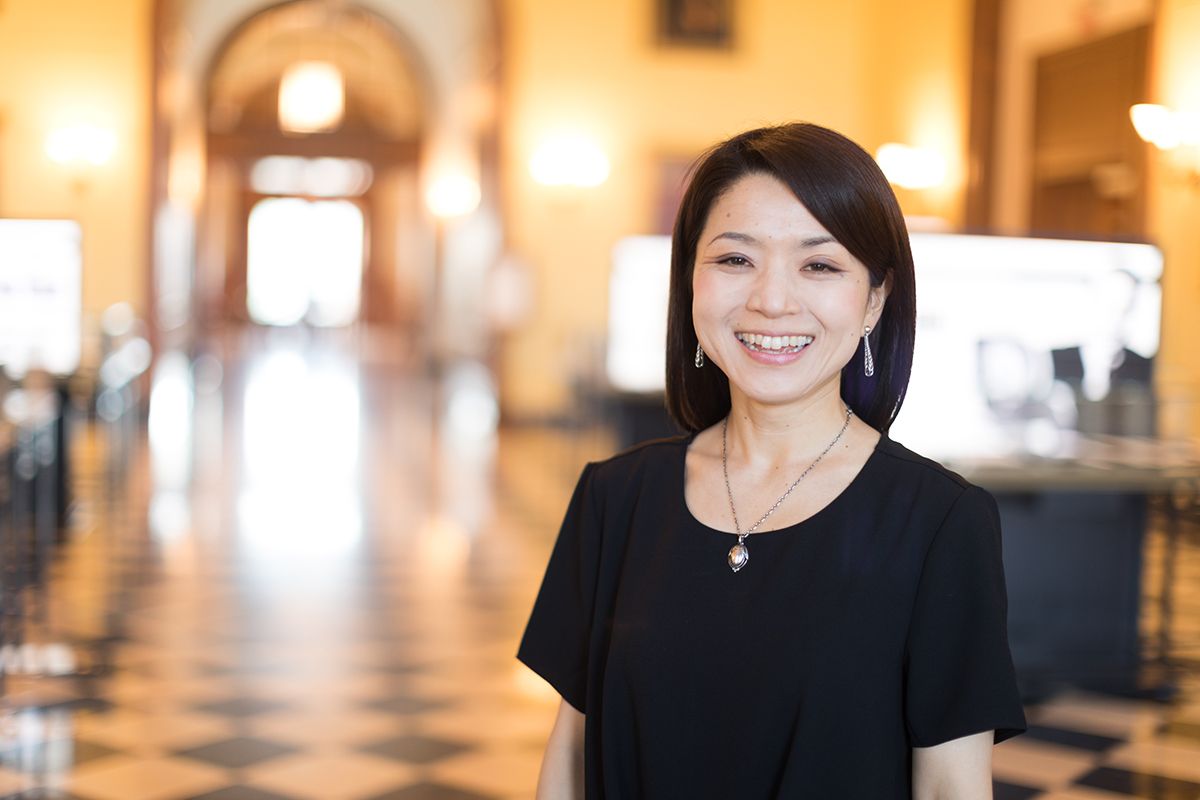
Ai Hisano is the author of Visualizing Taste: How Business Changed the Look of What You Eat (Susan Young)
In 2016, General Mills made the news when the company replaced the coloring in Trix cereal with natural dyes made from turmeric, radish, and strawberry. But just two years later, GM went back to artificial dyes, with a spokesperson saying that their customers missed Trix’s bright vibrant colors and nostalgic taste. This tale of technicolor woes isn’t a surprise to Ai Hisano, who teaches in the Graduate School of Economics at Kyoto University. “Consumers are sometimes stubborn about how food should look,” she laughs. Hisano is the author of Visualizing Taste: How Business Changed the Look of What You Eat. The book outlines how government regulation, consumer demand, mass marketing, and agricultural and technological processes have created the foods available in the average U.S. grocery store. Her book begins in the late 19th century. “It was a time when people's eating habits and diets changed quite a lot because of the rise of the food processing industry … the distribution of food, as well as the beginning of federal regulation on food adulteration,” she says.
Visualizing Taste is a deep dive into the history of food coloring. Hisano became interested in the topic as a grad student, while researching GM’s fictional character Betty Crocker. “The company started marketing their packaged foods like cake mixes, and colorful dishes, as a presentation of femininity and creativity,” she says. “Color got kind of the gendered cultural connotations. So that made me think about the cultural and social history of color in the food industry.” As a case study in food color, Hisano traces the development of cost-effective margarine in the 1870s, and the subsequent response from butter producers. “Dairy industry people were really upset because they thought margarine would destroy their business,” she said. “They lobbied to the federal government, and also state governments, so the government enacted regulation that restricted the coloring of margarine.” In New Hampshire, it was even a law for several years that margarine be dyed pink to distinguish it from butter. But margarine producers and marketers figured out some inventive ways around the color restrictions, including inserting colored capsules along with margarine in a package so that consumers could color their margarine at home. It suggests, according to Hisano, that “consumers thought that margarine should look like butter, or margarine should look yellow.”
The book also outlines the optimization of store lighting, which “fruits and vegetables greener”; the development of moisture-proof cellophane, which could “keep the color of meat red” in the self-service era of butchery; as well as a history the standardization of color in items like oranges. But with recent studies showing that more people are grocery shopping online, and will continue to do so, what does this mean for the visualizing of taste?
“At first I thought digitization and this increase of online shopping would deprive us of rich sensory experience,” said Hisano “But it's probably more complicated than it seems. Certainly we lose some kind of sensory access to foods by buying food online, we don't really get to touch or see or smell or even, we cannot really see the actual food or products.” She recently read an intriguing study of Japanese grocery shoppers. “They said they began to prefer online shopping, even though they cannot really choose their food by themselves because store clerk's choose food for them,” she said. “And they think store clerks have better skills and better eyes to choose better quality food. So I thought it was really interesting, people started kind of relying on other people's senses to get their food. Maybe we are not really losing entirely our senses, but maybe how we use the senses has shifted including using other people's senses, other people's knowledge or skill.”
Hear this story on the January 15, 2021 episode of Earth Eats.
Music by theLMGN via Soundcloud CC













